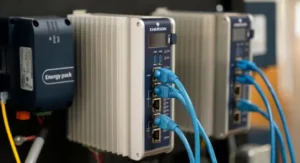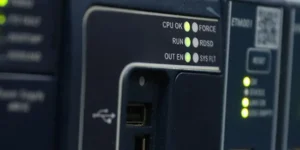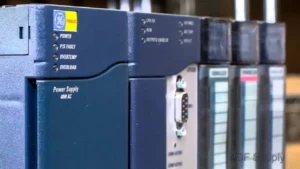Mastering RX3i Diagnostics & Troubleshooting: How to Slash Mean-Time-To-Repair (MTTR)
Introduction
As an engineer and operations manager with years of experience in industrial control, I know how critical it is to minimize downtime. The RX3i PAC Systems are robust, but even the best systems can encounter issues. The real challenge isn’t preventing problems entirely—it’s fixing them fast. This guide will share my insights on how to slash your Mean-Time-To-Repair (MTTR) when working with RX3i, turning potential headaches into quick fixes.

Understanding Your RX3i System Inside Out
Before you can troubleshoot, you need to deeply understand your system. This goes beyond just knowing what each module does. It means understanding the interconnections, the expected behavior under normal operation, and the specific failure modes unique to your application. I’ve seen many situations where a lack of foundational knowledge led to hours of wasted troubleshooting.
Leveraging Built-in Diagnostic Tools
The RX3i offers powerful built-in diagnostics. Don’t just scan for faults; understand what each fault code means.
- PACSystems Machine Edition (PME): This is your primary window into the RX3i. Get familiar with the Reference View and I/O Navigator.
- Diagnostic Log: The PLC’s diagnostic log is invaluable. It records events and faults with timestamps.
- Force and Disable: Use these functions cautiously, but master them for testing.

Strategic Troubleshooting Approaches
I advocate for a systematic approach rather than random trial-and-error.
- Define the Problem Clearly: What exactly is happening? When did it start? What changed?
- Isolate the Issue: Is it hardware or software? Input or output? Specific module or entire rack?
- Check the Simplest Things First: Is the power on? Are cables properly seated? Is a fuse blown?
- One Change at a Time: When you’re making adjustments, change only one thing and then re-test.
- Documentation is Key: Keep up-to-date schematics, logic diagrams, and maintenance logs.
My Unique Insights: Beyond the Manual
- The “Hunch” Factor: While systematic, don’t dismiss your gut feeling.
- Network Diagnostics as a First Step: In modern systems, network issues often mimic PLC faults.
- The Power of Peer Collaboration: Don’t be afraid to ask for help.
- Preventive Diagnostics: Don’t wait for a failure. Monitor key parameters, track module health, and perform routine checks.
Why Slash MTTR? It’s About More Than Just Repair Time
Reducing MTTR isn’t just about how quickly you fix a machine. It impacts overall productivity, operational costs, and even safety. Faster repairs mean less lost production, lower labor costs for maintenance, and reduced risk of secondary damage or safety incidents. It directly contributes to your bottom line.
Conclusion: Investing in Knowledge Pays Off
Mastering RX3i diagnostics and troubleshooting is an ongoing process. It requires a blend of technical knowledge, systematic thinking, and practical experience. By understanding your system, leveraging its diagnostic capabilities, adopting strategic troubleshooting methods, and applying the insights shared here, you can significantly reduce your MTTR and keep your operations running smoothly.

Ready to optimize your RX3i systems and minimize downtime? Explore our range of high-quality RX3i products and solutions designed to enhance your industrial automation.
Click here to see PowergearX Automation Limited’s RX3i products!
| Model | Title | Link |
|---|---|---|
| IC695CPE310 | GE Fanuc RX3i Central Processing Unit | Learn More |
| IC695CPK330 | GE Fanuc RX3i Central Processing Unit | Learn More |
| IC695CPK330 | GE Fanuc RX3i PACSystem CPU | Learn More |
| IC695ALG106 | PACSystems RX3i Analog Input Module | Learn More |
| IC695ALG106 | PACSystems RX3i Analog Input Module | Learn More |

